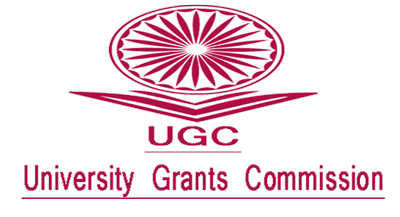Mapping of soil organic carbon stock and carbon sequestration potential in Vemagal Hobli, Kolar district, Karnataka, India
Keywords:
Carbon sequestration potential, Digital soil mapping, Machine learning, Random forest, Soil organic carbon stockAbstract
Soil organic carbon (SOC) pool has declined to a greater extent due to intensive tillage practices, continuous use of chemical fertilizers, removal of crop residues, etc. This creates the need of increasing SOC stocks and to improve carbon sequestration potential (CSP). It is important to know the spatial distribution of SOC stocks and CSP, which can be achieved with the help of digital soil mapping (DSM). In the present study, CSP was calculated based on the maximum potential of fine fraction (clay + silt), which can store the carbon to the actual carbon associated with the fine fraction. The mean observed SOC stock and CSP in different depths were in the range of 0.83-1.54 kg m-2 and 5.52-6.51 kg m-2, respectively. Four machine learning (ML) algorithms [random forest (RF), support vector machine (SVM), cubist and artificial neural network (ANN)] were compared for prediction of SOC stock and CSP using 99 soil profiles data collected in Vemagal Hobli, Kolar district, Karnataka. The model performances were evaluated using uncertainty indicators such as coefficient of determination (R2) and root mean squared error (RMSE). RF model performed better than SVM, cubist and ANN by explaining variability of 28-32% and 28-33% in prediction of SOC stock and CSP, respectively. The predicted SOC stock and CSP in 100 cm soil profile were found to be 3.0-5.8 kg m-2 and 19.1-27.3 kg m-2, respectively. These digital maps help in understanding the spatial distribution of SOC stock and CSP in the study area.







